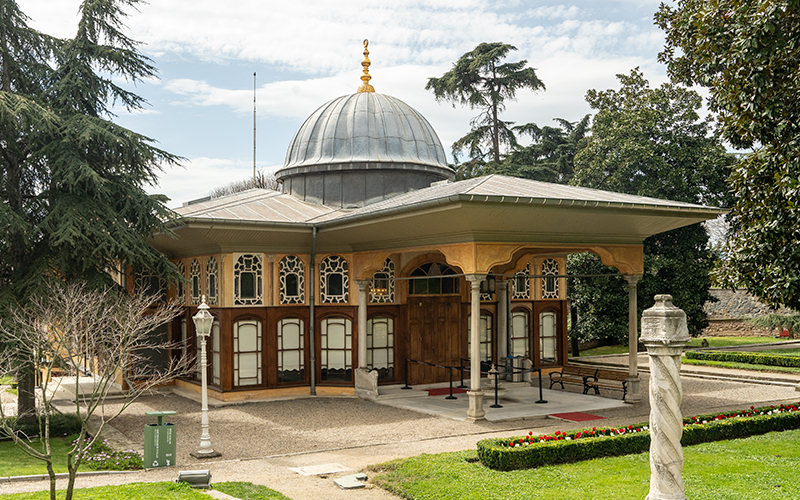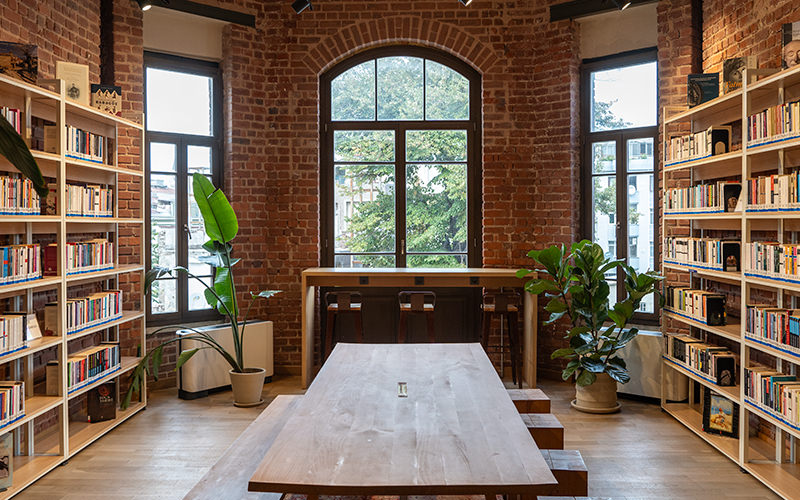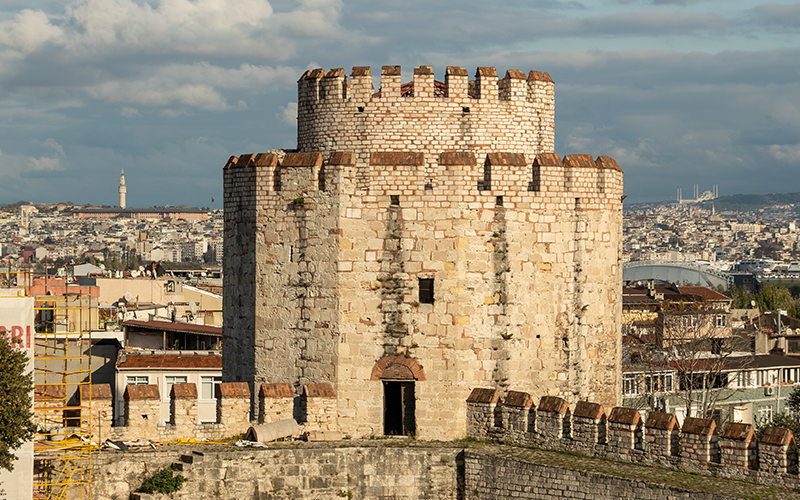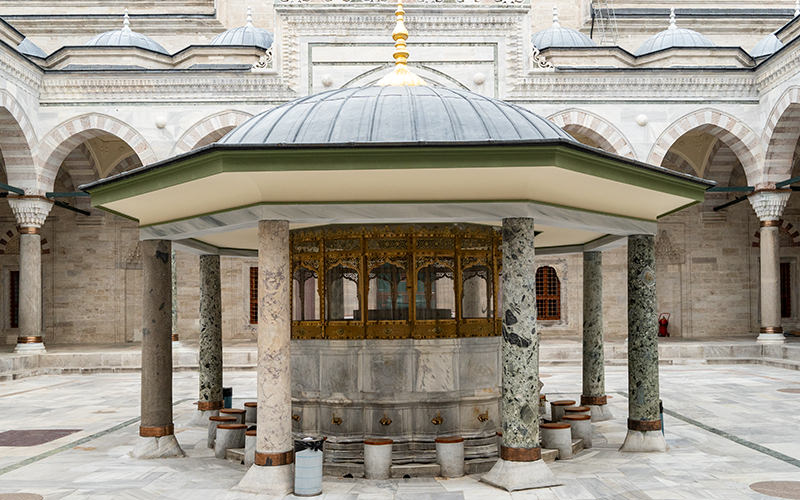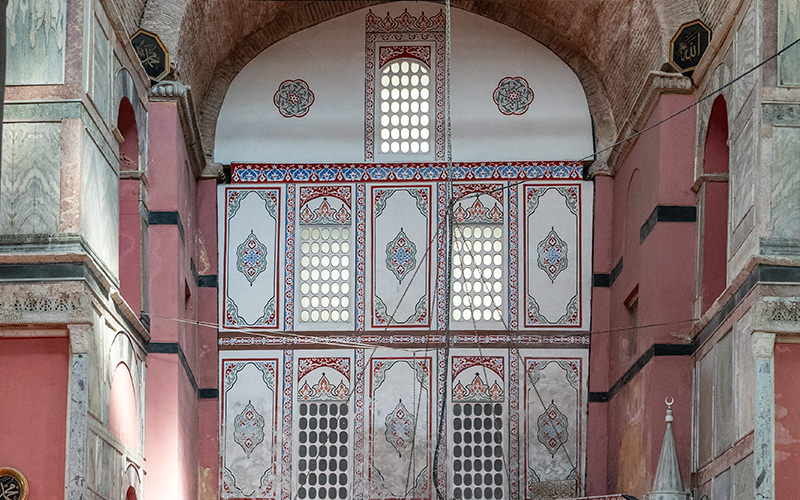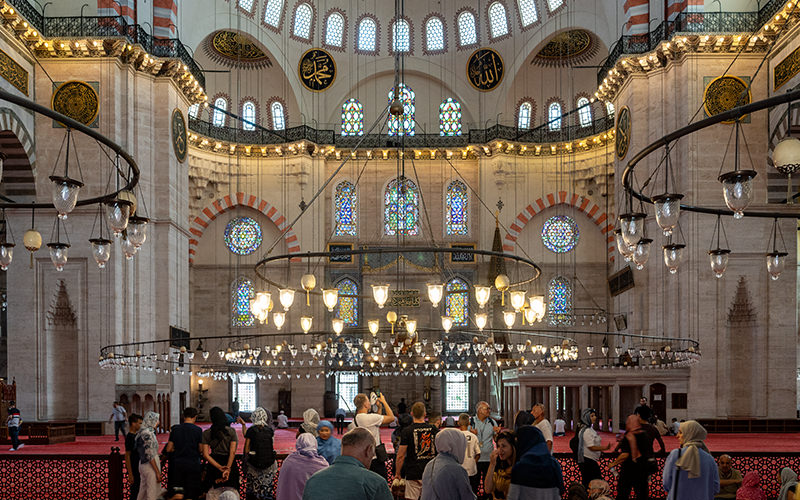Beyazıt Tower is one of those landmarks that I believe nearly every traveler visiting Istanbul has seen. I had often noticed this structure rising above the historic neighborhoods of the city’s European side, yet I kept postponing the search for more information about it. Today, I finally decided to flip through a few guidebooks to learn the tower’s history.
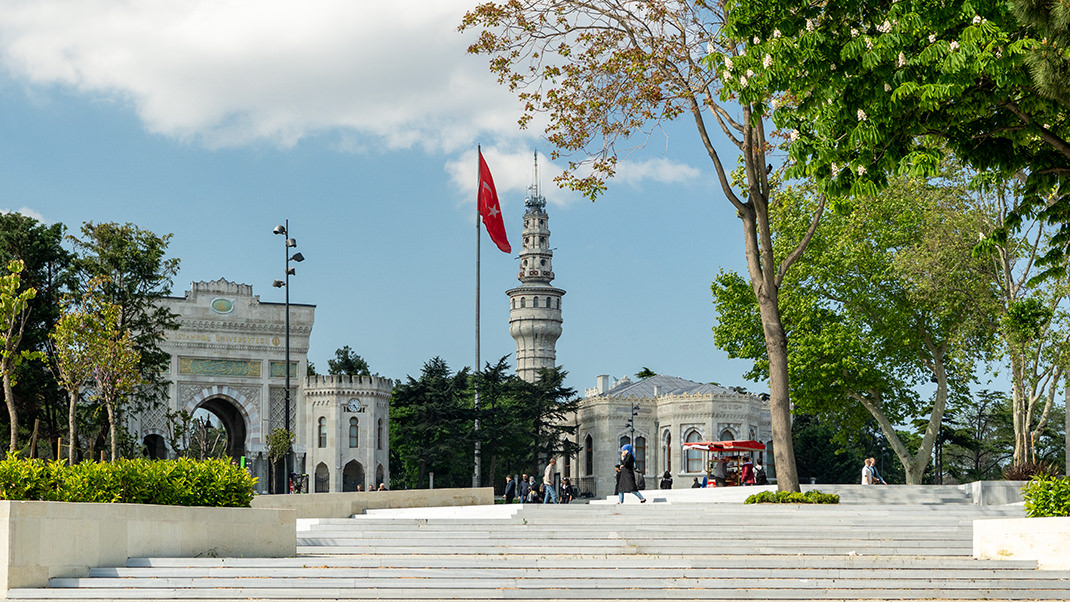
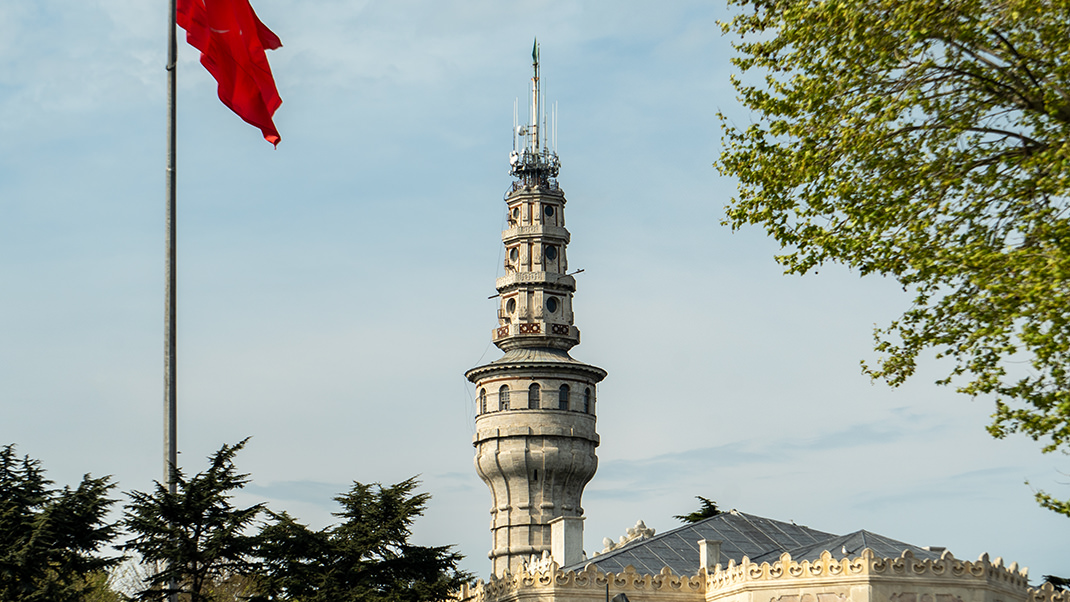
History of the Tower
Beyazıt Tower is located in Istanbul’s historic district, close to many of the city’s major attractions. In the past, the area around Beyazıt Square, where the tower now stands, was home to the city’s largest public space, known as the Forum of the Bulls. Later, it became known as the Forum of Theodosius, where important public events took place.
The tower itself, however, has no connection to the ancient forums—it was built much later. The current stone structure was erected in 1828, although three earlier wooden towers had stood here before, each destroyed by city fires. The very idea of constructing tall towers like Beyazıt Tower was linked to fire safety: in the past, fires could rapidly destroy large parts of the city, and high towers were built to provide early warnings. During the day, baskets were lowered from the towers; at night, guards would light lamps. The number of baskets or lamps indicated in which district the fire had occurred.
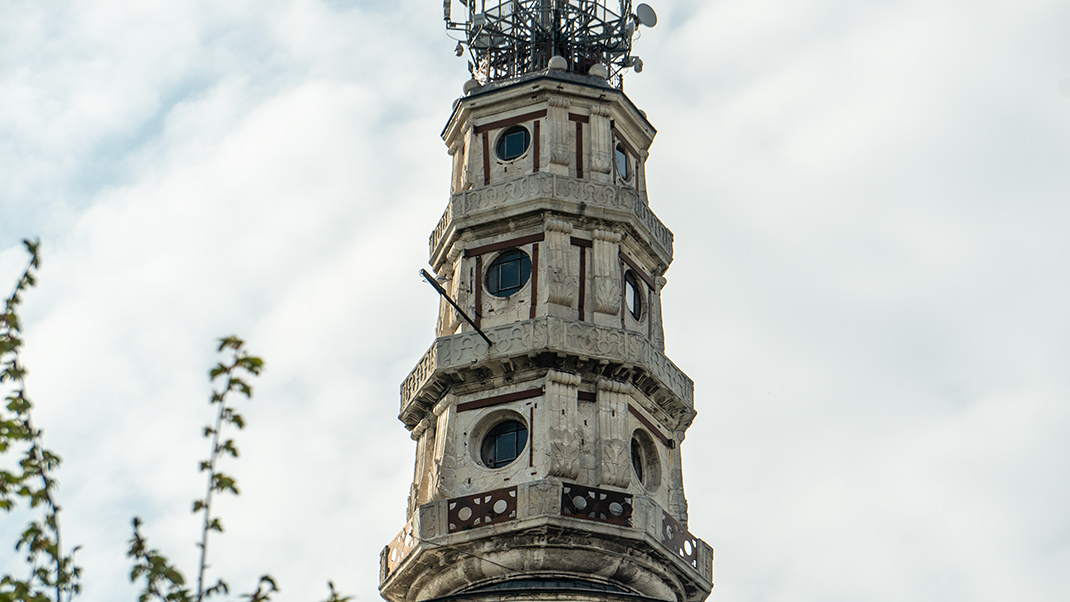
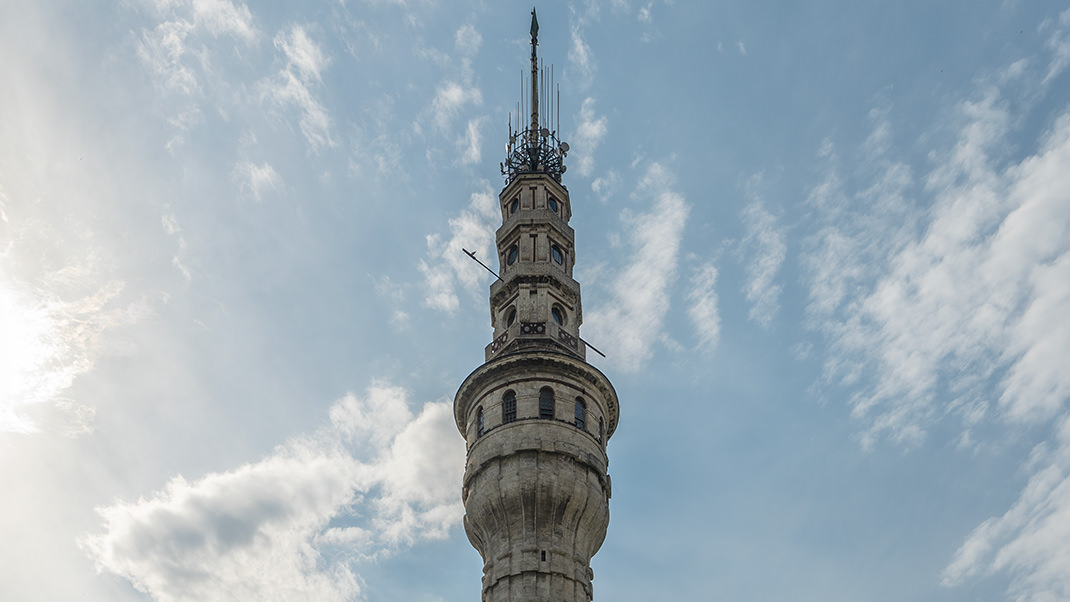
Since the 1920s, the tower has no longer served its fire-watch function. Over time, it gained a new role: today, it acts as a massive weather signal for the following day. The tower’s nighttime illumination changes color — blue, for example, means clear weather tomorrow, while green indicates rain.
Beyazıt Tower stands 85 meters tall. To reach the top, you have to climb 256 wooden steps. The only entrance is located on the north side. Throughout its history, the tower’s appearance has undergone minor changes: in 1849, its conical top was replaced with three octagonal floors, and after the 1884 earthquake, a flagpole was added to its summit.
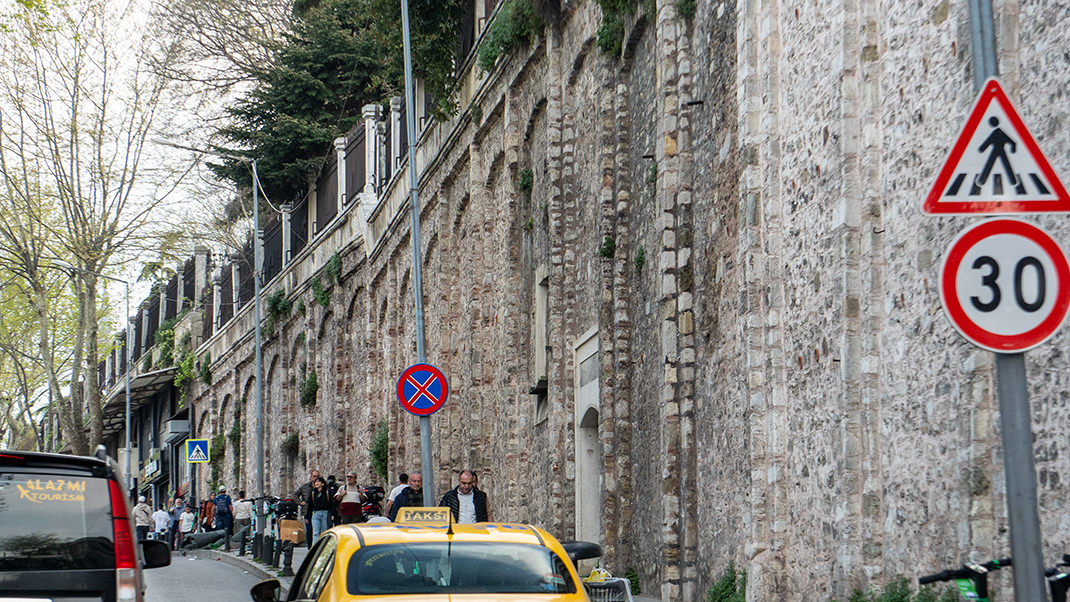
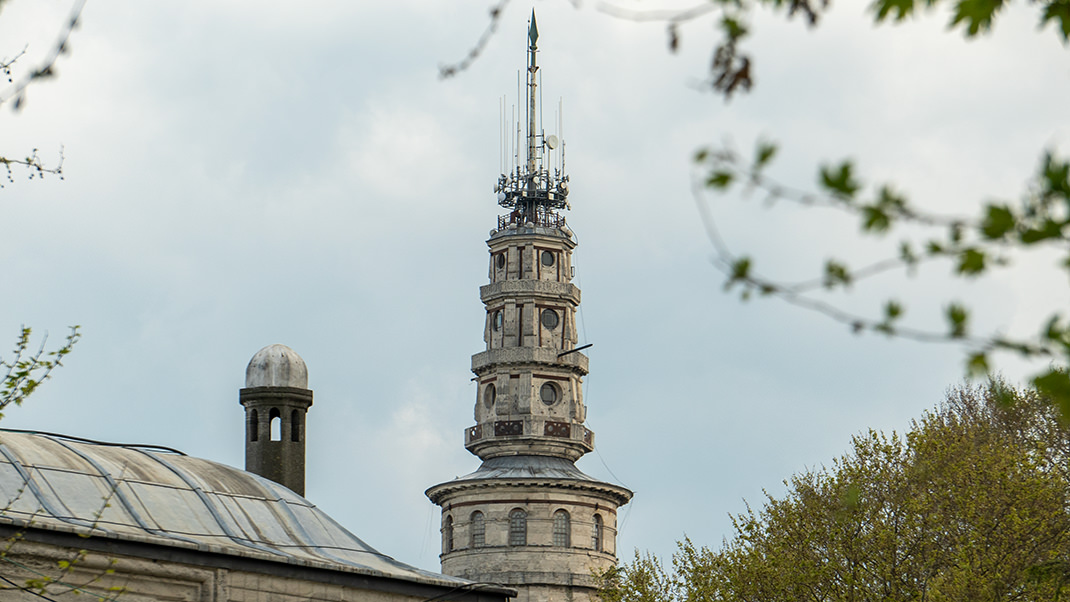
How to Get There
Beyazıt Tower is located within the grounds of Istanbul University. The closest public transport stops are Vezneciler metro station and the Beyazıt – Grand Bazaar stop on tram line T1.
There is a security checkpoint at the university entrance, and I didn’t see any tourists entering freely, so I’m not sure if it’s worth trying to get close to the tower. According to online sources, some travelers have managed to slip in by blending in with groups of students.
While researching this article, I also came across mentions of a museum inside the complex. However, according to the university’s official website, the exhibition space is closed until September 25 of this year.
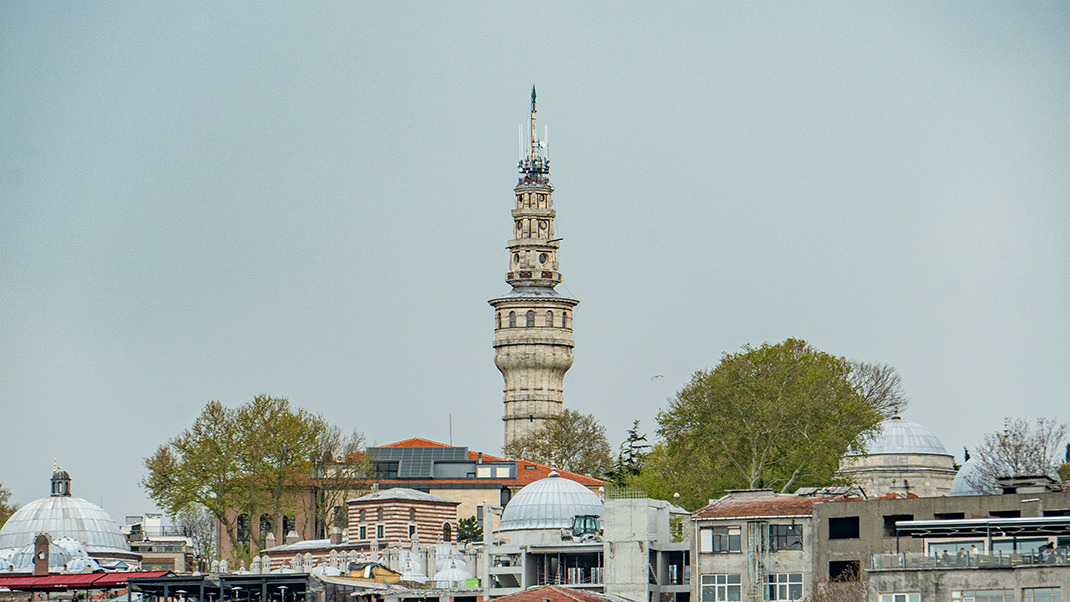

If you're interested in reading about other towers in Istanbul, check out my articles on the Galata Tower and Maiden’s Tower.
Have a nice trip!


